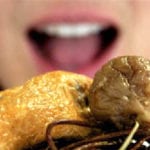 Mysteries
Mysteries  Mysteries
Mysteries  History
History 10 Surprising Stories About the Texas Rangers
 Humans
Humans 10 Philosophers Who Were Driven Mad by Their Own Theories
 Miscellaneous
Miscellaneous 10 Video-Game-Worthy Weapons and Armors from History
 Weird Stuff
Weird Stuff 10 Psychics Who Accurately Predicted Wartime Events
 The Arts
The Arts 10 Pieces of Art Inspired by a Broken Heart
 Health
Health 10 Science Fiction-Sounding New Medical Treatments
 History
History 10 Surprising Facts About the Father of Submarine Warfare
 Space
Space Ten Astonishing New Insights into Alien Worlds
 Weird Stuff
Weird Stuff 10 Bizarre Summer Solstice Rituals Still Practiced Today
 Mysteries
Mysteries Top 10 Haunting Facts About the Ghost Ship MV Alta
 History
History 10 Surprising Stories About the Texas Rangers
 Humans
Humans 10 Philosophers Who Were Driven Mad by Their Own Theories
Who's Behind Listverse?

Jamie Frater
Head Editor
Jamie founded Listverse due to an insatiable desire to share fascinating, obscure, and bizarre facts. He has been a guest speaker on numerous national radio and television stations and is a five time published author.
More About Us Miscellaneous
Miscellaneous 10 Video-Game-Worthy Weapons and Armors from History
 Weird Stuff
Weird Stuff 10 Psychics Who Accurately Predicted Wartime Events
 The Arts
The Arts 10 Pieces of Art Inspired by a Broken Heart
 Health
Health 10 Science Fiction-Sounding New Medical Treatments
 History
History 10 Surprising Facts About the Father of Submarine Warfare
 Space
Space Ten Astonishing New Insights into Alien Worlds
 Weird Stuff
Weird Stuff 10 Bizarre Summer Solstice Rituals Still Practiced Today
Top 10 Amazingly Preserved Ancient Foods
Everyone has been scrabbling around at the moment trying to stock up their cupboards with food that will last out the lock-down. We’ve all been sniffing things past their use-by date to see if they are still just about edible. Rice and sugar may seem to last forever but even the longest-lasting foods eventually off.
For those who are brave enough to try them however archaeologists have turned up food and drinks that have lasted thousands of years longer than their makers ever expected.
10 Roman Wine
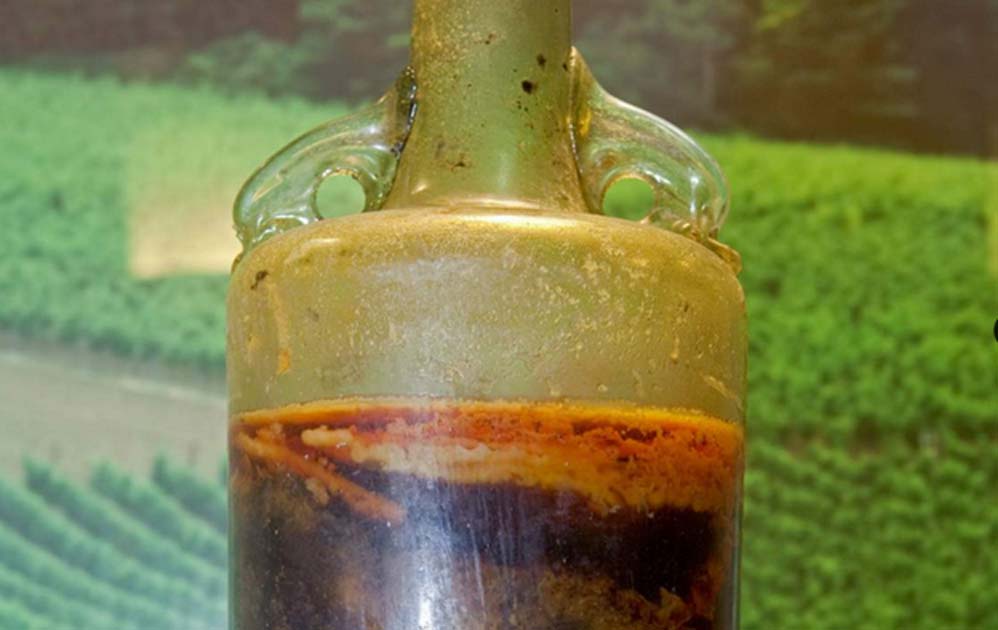
If there is one thing anyone knows about wine it is that the older it is the more expensive it is. In that case the Speyer Bottle of Wine is priceless. The oldest sealed bottle of wine that still contains liquid this Roman-era wine found in a German tomb is 1650 years old. Age does not always guarantee better tasting wine however – this wine is unlikely to be a pleasant drink.
Without opening the bottle scientists have been able to perform tests on the discoloured liquid still inside. As far as they can tell no bacteria have made their way into the glass bottle but the alcohol that once would have given the wine its kick has long ago escaped or broken down. As well as wine the bottle once held herbs that flavoured the wine or may have given it medicinal properties.[1]
9 Roman Bread
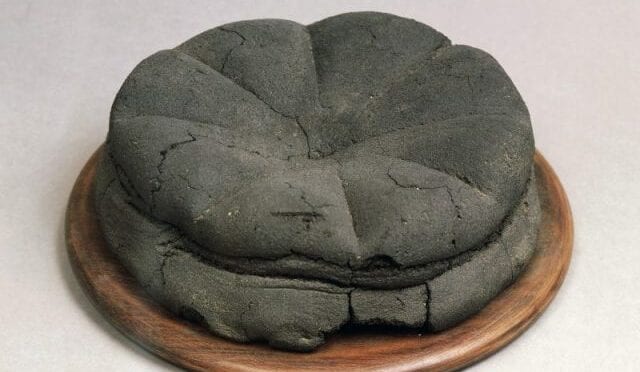
Every baker has at some time or other left their bread in the oven too long and found that the crust has turned just a little bit browner than you would like. One loaf however has turned completely to burnt carbon – and archaeologists could not be more thrilled.
When Mount Vesuvius erupted it destroyed the towns of Pompeii and Herculaneum. Yet the act of destruction preserved the towns beautifully for archaeologists to explore. One of the things the ferocious temperatures of the eruption did was burn several Roman loaves of bread.
In one bakery belonging to a man called Modestus an oven was found that still contained 81 of the round loaves, which must have gone in to bake just before the disaster that would soon overtake the city. Other loaves have been found that bear the stamp of their baker on the top. This may have been an advertisement of sort, or a guarantee of quality.[2]
8 Bog Butter
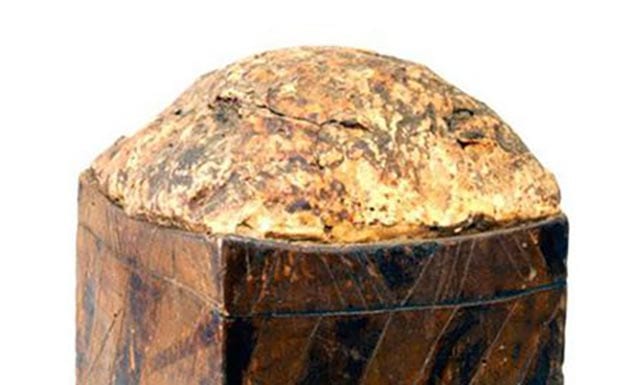
What is bread without a little butter? While milk goes off quickly by churning it into butter you can make it last a little, or a lot, longer. In Ireland when people went out to cut up turf from peat bogs they sometimes came across puzzling masses of a waxy substance that looked peculiarly like butter. Dating from up to 5,000 years ago it turned out to be the oldest butter ever found.
Peat bogs have unique properties that help to preserve organic matter. Bodies of long dead people that are pulled from bogs have been mistaken for recent murder victims. It may be that ancient Irish people were placing butter in bogs to preserve it too – or they buried them to protect them from thieves. They then simply forgot about their butter until it turned up thousands of years later.
Many of the discoveries of bog butter are in quantities that you would think would be hard to misplace. One barrel contained nearly 80 pounds of butter while another chunk weighed in at over 100 pounds. When celebrity chef Kevin Thornton tried a bite of old bog butter perhaps predictably he described it as tasting rancid.[3]
7 Chinese Soup
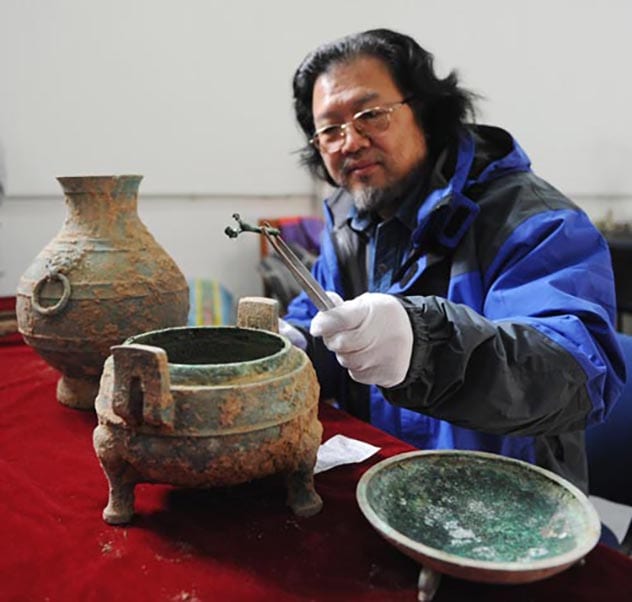
Archaeologists often find ancient food storage vessels and by analysing the microscope fragments embedded in their walls can identify what they once held. But sometimes they get lucky and there is enough sloshing about to know what it is immediately. In 2010 while exploring a tomb from around 400 BC Chinese researchers opened a bronze vessel and found a still liquid soup inside.
Time had turned the bronze vessel green with verdigris and this had soaked into the soup giving it an unappetising green tinge too. Still in the soup were the animal bones that would have flavoured it. Later examination showed that the bones belonged to oxen and the soup would have given the deceased a savoury treat to enjoy on their trip to the afterlife.[4]
6 Burnt British Bread
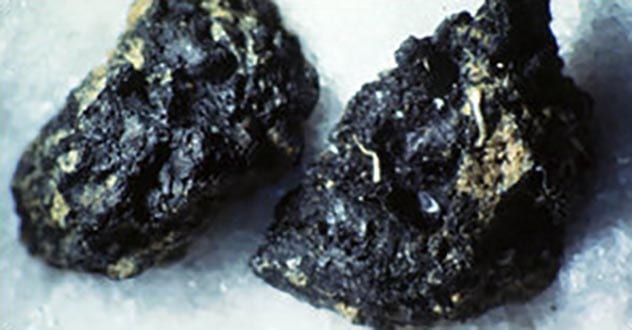
British food does not have the best reputation in the world. It is often pictured as overcooked, boiled, or burned. While this is hardly true a find dating back 5500 years may suggest an early origin for this view of Britain’s cuisine. When bread from an archaeological site was first recovered it was so burnt that it was mistaken for charcoal.
The Neolithic site being explored held a variety of items in a pit. The bread was only identified as such under a microscope but other finds included fragments of pottery and a stone knife. Some have suggested that the hole in the ground was no more than a rubbish dump, while others think it represents a religious site where offerings were made. Says something about ancient British deities if their taste was for burnt toast.[5]
10 Intriguing Ancient Roman Foods
5 Primeval Pitta
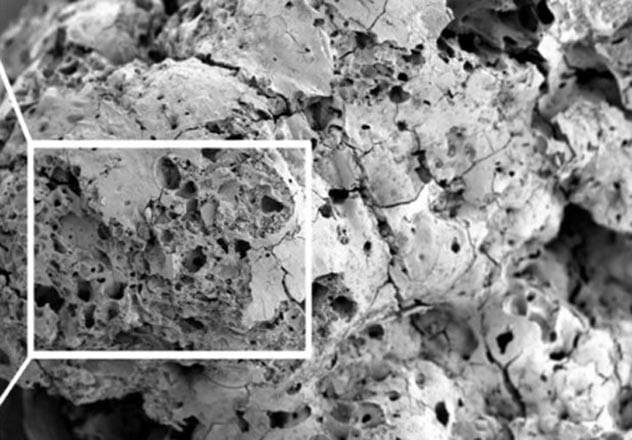
That British bread is nowhere near the oldest bread that has ever been discovered however. In the remains of a fireplace in Jordan a flatbread was discovered that dated back 14500 years – around four thousand years before agriculture is thought to have developed in the region.
Before this discovery bread had been associated with the growing of crops. Here it seems that the Natufian people who baked it used grains that were gathered from wild growing barley and oats, as well as mixing in tubers of plants that they dug up. It may be that bread is one of the dishes that spurred people towards planting their own grains in the first place.
Researchers who discovered this bread experimented with the types of tubers that had been used in making it. Their efforts to make flour from them were partially successful. They did manage to make baking flour but described the results as gritty and salty.[6]
4 Ancient Honey

Honey is one of the few foodstuffs that, so far as we know, genuinely never spoils. Due to the high sugar content any bacteria or fungi that attempt to grow on it would have all their water sucked out by osmosis. Honey also contains gluconic acid and small amounts of hydrogen peroxide that make it a doubly inhospitable place for microorganisms to live. Honey is a food that preserves itself.
Perhaps fittingly it was often included in Ancient Egyptian burials. While the Egyptians were attempting to preserve their corpses for eternity they included a food that would last almost as long. Pots of honey over 3000 years old were discovered near the Great Pyramid and their contents would be perfectly edible today. While these are the oldest surviving samples of honey known there is evidence of people using honey and beeswax dating back well beyond this – there may be even older honey waiting out there for us to try.[7]
3 Chinese Noodles
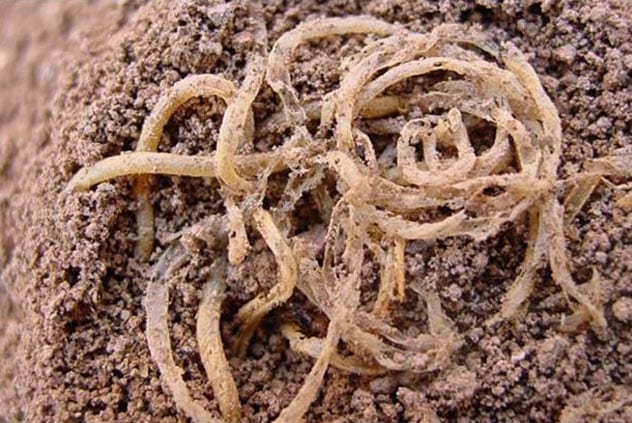
Noodles are a staple in most people’s pantries because they can last for years as an emergency meal. In 2005 in China some noodles, probably inedible, were discovered that dated back 4000 years. Prior to this discovery the earliest evidence of noodles was to be found in a 2000 year old Chinese text.
Made from millet seed the noodles were discovered at an archaeological site under 3 metres of sediment in an overturned bowl. The whole site seems to have been ruined by a massive earthquake. Whoever sat down to their bowl of noodles never got to enjoy them. The upturned bowl created an empty space and prevented the noodles from being crushed by the debris that fell on them. Creating a tight seal over the noodles prevented oxygen getting in and degrading the noodles.
Millet seed is still used to make noodles in some of the more rural parts of China today. Though wheat noodles are preferred elsewhere for their superior texture it is not known whether they have the same staying power as these ancient millet noodles.[8]
2 Roman Egg

Which came first: the chicken or the egg? Well, if a recent find in England is anything to go on it was the egg. The only complete chicken’s egg from Roman Britain was discovered in a 3rd century AD site that served like something of a wishing-well. People would come and toss items into the water as objects of devotion and by a lucky convergence of properties of the mud there the organic products, including these eggs, survived the centuries.
Egg fragments had been found at Roman burials before but these complete eggs were found in a woven basket that had been placed in the water. When archaeologists attempted to remove the four eggs three of them broke apart – releasing a rotten stench. The fourth was gently removed and remained intact.
The only other complete Roman egg was found in the city of Rome itself – cradled in the hand of a young girl when she was buried.[9]
1 Egyptian Cheese
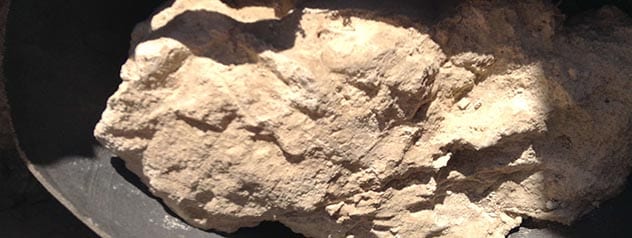
Cheese, it has been said, is milk’s leap towards immortality. In the case of one batch of Ancient Egyptian cheese it may well have managed it. The tomb of the Egyptian Ptahmes was discovered in 1885 and contained hundreds of wonderful artefacts that were scattered to museums around the world, before everyone promptly forgot where the tomb was. Only on its rediscovery 2010 did archaeologists explore the contents of the many jars that had been placed there as provision for the dead man. Among the broken pots they found a strange white mass wrapped in cloth. Unsure what it was at first scientific analysis revealed this 13th century BC lump to be cheese.
Made from sheep and goats’ milk the researchers were not too complementary about its quality. One said it would have had a “really, really acid bite.” Others pointed out that it contained the bacteria found in unpasteurised milk that can cause potentially deadly Brucellosis. This was a cheese that may have sent those who ate it to eternity sooner than they would have liked.[10]
10 Bizarre Origin Stories About Your Favorite Foods



![Top 10 Disgusting Foods The Chinese Eat [DISTURBING] Top 10 Disgusting Foods The Chinese Eat [DISTURBING]](https://listverse.com/wp-content/uploads/2020/03/23773182-0-image-a-46_1580303417295-150x150.jpg)

